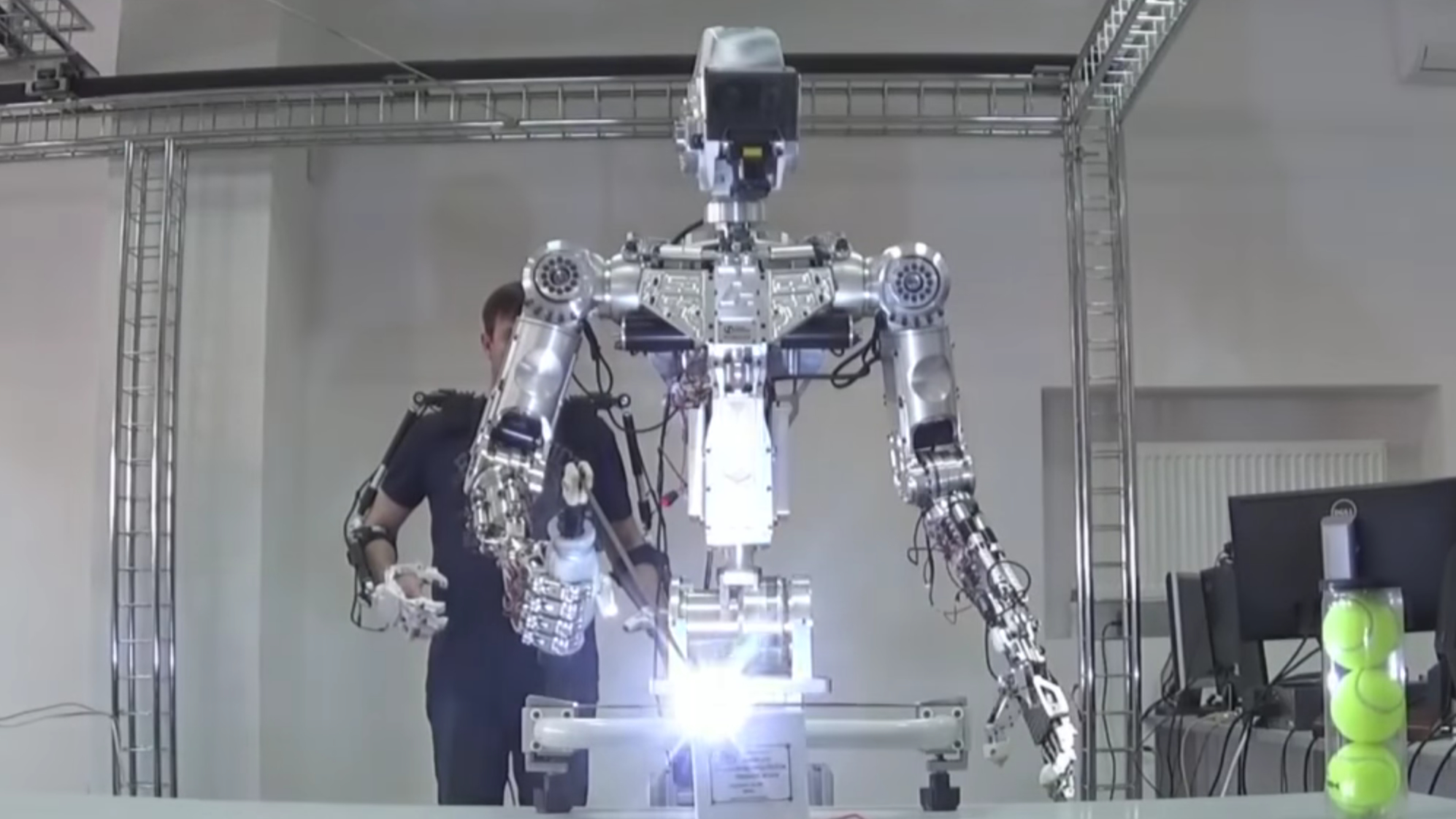The IKEA effect: Building your own robot makes you love it more

Next time you assemble a set of shelves, see how you feel afterwards. Accomplished? Proud of yourself? That's called the IKEA effect, and it's well-known to the furniture industry.
Now, however, researchers at Penn State University have found that the same principle applies to robots. People who took part in a study on robot assembly tended to feel more positive about the machines if they helped to make them.
In the research, 80 undergraduate students were split into groups. Some were asked to make several hardware and software modifications to a robot, including adding a battery and setting up the software. The others watched as a researcher set it up. Afterwards, they interacted with it for a few minutes and watched it perform a dance.
Shyam Sundar, who presented the findings at the Human-Robot interaction conference in New Zealand, said: "We guessed that if you find [the IKEA] effect in objects like furniture, you would find that effect in interactive media and especially robots."
'Damnit, there's a piece missing'
But they also found something that IKEA-assemblers will be familiar with - participants who had difficulty assembling or programming their robots were less likely to rate the bot highly.
Sundar says that robot makers should take this phenomenon into account when they're packing up their bots.
"The manufacturer should give the customer a sense of ownership and a sense of accomplishment, but without making the process feel too painful because if the perceived process costs are too great, robot evaluation is going to suffer."
Sign up for breaking news, reviews, opinion, top tech deals, and more.
He added that this can go beyond the assembly phase too: "While self-assembly can provide an initial sense of accomplishment, the sense of ownership can be sustained with tailoring options that users can continue to tinker with, long after the initial set up."
